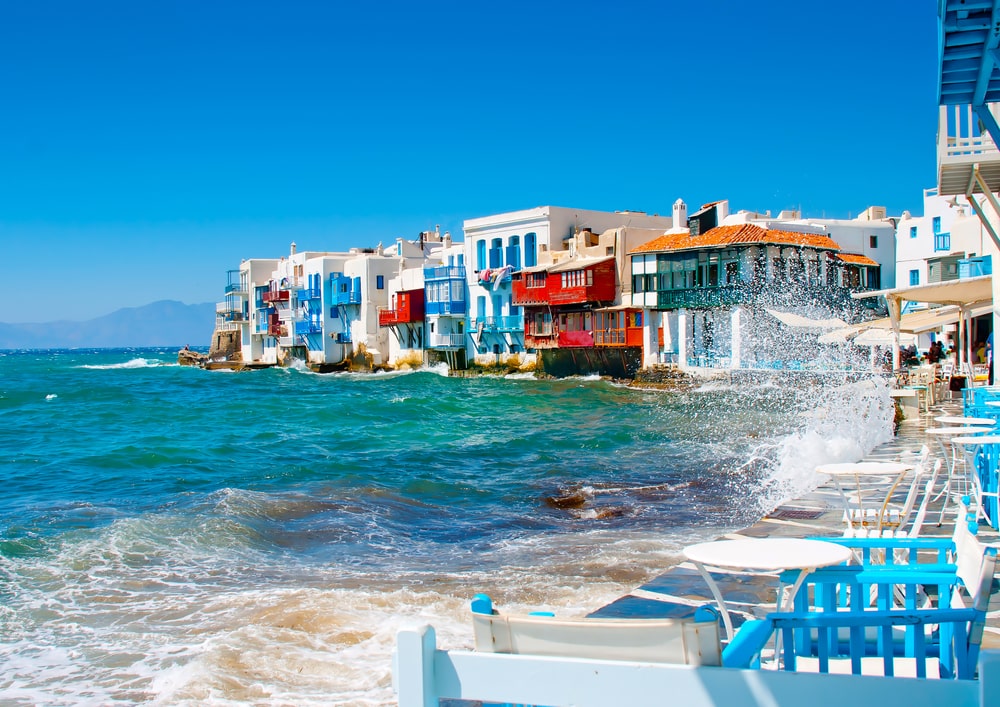Every great story worth reading starts with a hero and a journey. We’re going to share with you “A Tale of Traditional Mykonos: The Past and the Present.”
Once upon a time, as early as the 11th century, the first settlers came to the island. They were known as the Ionians from Athens. Later, the island became part of the Byzantine Empire. By 1390, the island fell under Venetian rule. In 1718, the castle of Tinos fell to the Ottomans, and the last of the Venetians withdrew from the region. Up until the end of the 18th century, Mykonos prospered as an important trading center attracting many immigrants from the nearby islands as well as regular pirate raids.
Did you know that Mykonos played an important role in the Greek Revolution against the Ottoman Empire in 1821? The heroine in this part of the tale was none other than Manto Mavrogenous, a young, well-educated aristocrat who inspired her wealthy European friends to contribute to the Hellenic cause.
Here are more interesting facts about traditional Mykonos.
History of Mykonian Tourism – 1873
The history of Mykonian Tourism dates to as early 1873 when the French School of Archaeology, began their excavation works Delos. Later on, in the 1930s, the visitors who “discovered” the island were part of an exclusive club that gave Mykonos the reputation of being an elite destination. Attracting cosmopolitan Greeks, ship owners, intellectuals and artists, Mykonos was considered a paradise for the few. A few castaways would find themselves stopping off on the windy island, but it was only in 1969 when the real tourism exploration began. That was when the first harbor and heliport were built. Mykonos has the infrastructure to welcome tourists as well as new permanent residents. By the 1970s, Mykonos was considered a top jet-set destination and it and remains so until this day.
Little Venice
Little Venice is considered to be one of the most important attractions on the island. This picturesque neighborhood with its two- and three-storey houses, graciously perched above the Aegean Sea, are said to be the most romantic spots on the island. Tales have been told that during the 16th and the 17th century Little Venice was a pirate hideaway. The little house have withstood all the strong winds and waves thrown at them over the centuries. Little Venice has inspired many artists who have portrayed this unique beauty in their artworks. Photographers and visitors have captured millions of images of the area making it one of the most photographed tourism attractions in the world. Visitors and locals alike flock to Little Venice to soak in sunsets that are out of this world.
The Windmills of Mykonos
One of the most recognized Mykonian landmarks are the Windmills of Mykonos. They have played an important role in the island’s economic prosperity between the 17th and the 19th century. The windmills were built next to the sea shore to take advantage of the island’s strong winds. They were used for the production of refined grain which was exported to neighboring countries. Seven out of ten windmills have been preserved. However, the island once had more than twenty windmills that were the driving force behind the Mykonian economy. Today, these landmarks remind visitors of the past as they greet visitors upon arrival to the island.
What is traditional Mykonos for you? Tell us how the island has inspired you by commenting below.



